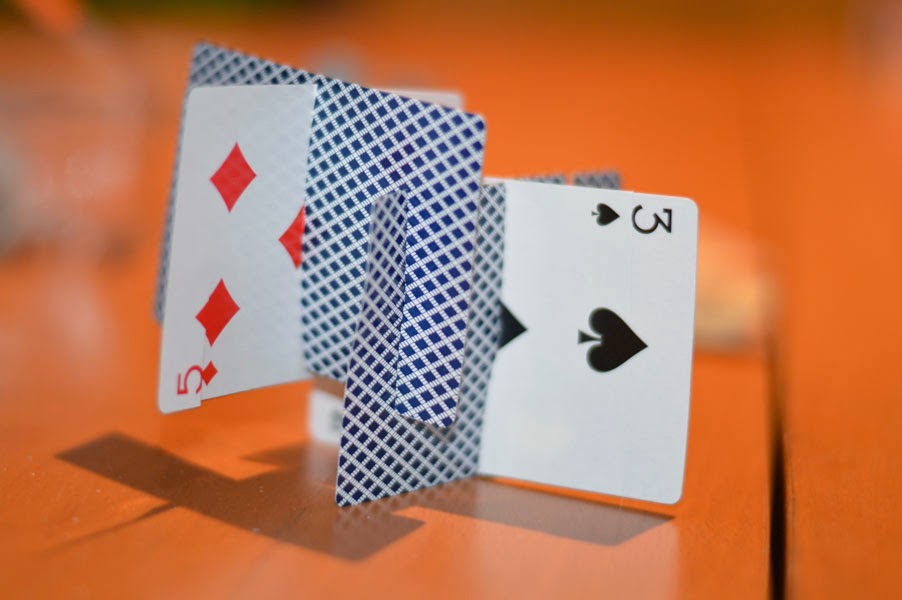Monday, 15 December 2014
Demo Day
Invention Squad Niagara Street ended with a party for all our fabulous inventors and their families! The kids had a chance to showcase some of their work at Demo Day and we screened a mini-movie about the workshops. Having the kids themselves talk about their designs makes the work come alive. After the movie, we gave skills buttons as awards and the kids concocted their own mocktails (the one I was offered was called "creature from the swamp" for good reason).
Since Invention Squad believes that many things can be improved by re-design, we also took a bit of time to ask the kids for their feedback on the course. What should we stop? What should we start? And what did you like that we could continue?
Thanks to all our student designers this term. We really enjoyed having you in the Squad and hope you keep on thinking outside of the box!
Wednesday, 3 December 2014
Structures
This week Invention Squad built strong and stable structures. We looked at a variety of designed structures to see whether they were formed of linear (rods, bars, sticks etc.), planar (sheets) or block components.
Then we gave the kids a pack of playing cards and a pair of scissors each. Their task was to build any structure they wanted to- tables and chairs, houses and bridges and test them for their load bearing properties. Since we deliberately did not provide any glue or tape, one aspect of this design challenge involves exploring joints.
Here are some simple structures made by card slits that form potential support units for our structures.
These can be used to support a planar sheet made of multiple cards- which creates a (somewhat shakey) table,
or a beam bridge with two piers…
As everyone knows, the funnest part of building a structure can be demolishing it. We tested our structures to see if they could support an elephant. This is a chance to observe how compression and tension forces act on a structure:
 |
| image taken from http://www.pbs.org/wgbh/buildingbig/bridge/beam_forces.html |
It's also an opportunity to spot the weak spots in a structure, as it's collapsing. The central point of a beam bridge (furthest from the piers) is always the weakest point. This woven bridge (below) works quite well to add strength to the beam.
Enterprising use of card boxes and some trussing on the piers on this bridge (below).
Whoops! Back to the drawing board.
How can we make that beam more sturdy? What would make those piers more stable and supportive?
Labels:
block,
bridge,
compression,
engineering,
furniture,
house,
linear,
load testing,
planar,
span,
stable,
strong,
structures,
tension
Subscribe to:
Posts (Atom)












